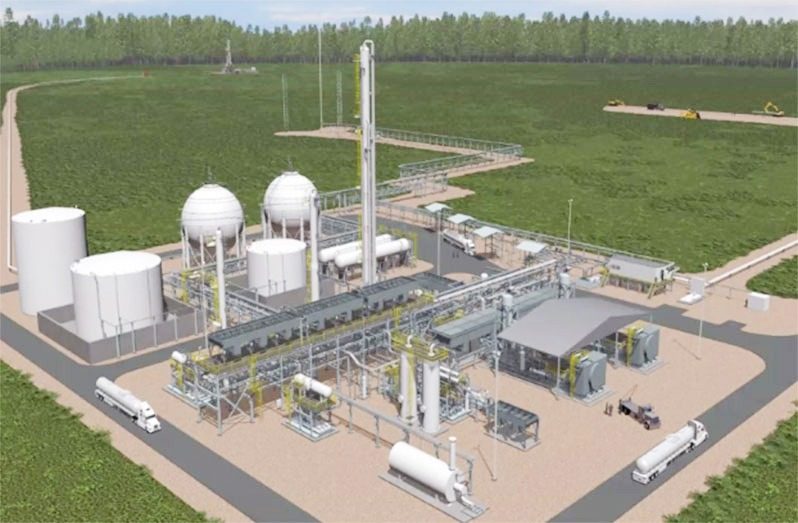Leaving no stone of development unturned, the Government has budgeted $80 billion towards the advancement of the gas-to-energy project.
This was disclosed by the Finance Minister, Ashni Singh, during the presentation of Budget 2024.
The budget is being presented under the theme: Staying the Course: Building Prosperity for All.
The Gas-to-Energy Project will see a 200km 12-inch diameter pipeline channelling natural gas from the Liza Phase One and Liza Phase Two Floating, Production, Storage, and Offloading (FPSO) vessels to a power plant and Natural Gas Liquids (NGL) facility that will be built in Wales.
In the course of providing an update on the wharf, contractor Komal Singh disclosed that the port facility has already initiated its support for the project by completing the lay-down yard. Moreover, the port facility allows for the mooring of vessels.
The port facility will serve as a means of transporting large modules, weighing up to 200 tonnes, from the port to the work site.
A 12-inch pipeline, which will stretch some 200km from offshore, will be used to transport natural gas from the Liza Phase One and Two FPSO vessels offshore to the power plant and NGL facility, which is being constructed in Wales.
ExxonMobil’s local affiliate, Esso Exploration and Production Guyana Limited (EEPGL), the operator in the Stabroek Block, and its co-venturers are constructing the pipeline. That pipeline will be landing on the West Coast Demerara shore, and continue approximately 25 kilometres to the NGL and power plant facilities. It has an estimated cost of US$1 billion and is cost-recoverable.
The power plant and NGL facilities will be funded by the government. In December 2022, the Government of Guyana and US-based integrated energy solutions group, LINDSAYCA, in partnership with a local firm – CH4 Group – signed a US$759 million contract for the construction of the facilities.
The conversion of natural gas from ExxonMobil’s offshore operations to electricity is a key component of the People’s Progressive Party/Civic (PPP/C) government’s objective to lower energy costs by at least 50 per cent through an energy mix, which incorporates gas, solar, wind, and ‘hydro’ power.



.jpg)








